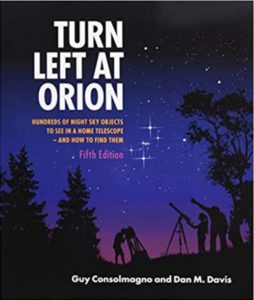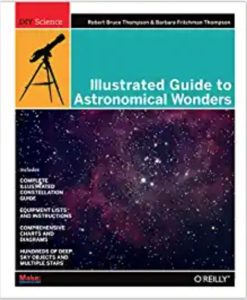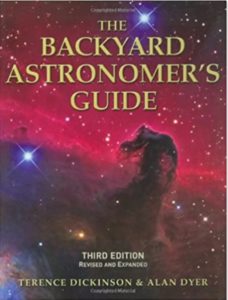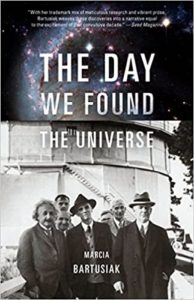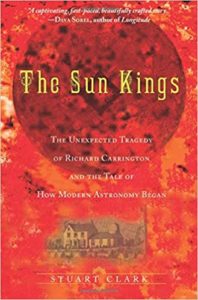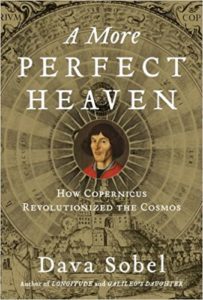Observing guides
This is the best book for beginning observers, in my opinion, and will be useful for you for many years to come. I bought my first copy in 1988, used it until it fell apart, and have bought 5 more. It has maps of the whole sky for each month, a section on how the stars appear to move, a section on types of telescopes, a description of the different objects you will see, a moon map, and 21 detailed maps of one or two constellations each, with descriptions of the best objects to observe in each.
This is also a wonderful beginning book, and similar to “Discover” in many ways. The big difference is that the authors chose one hundred objects. Each object has two pages devoted to it, and three diagrams – a view of the sky showing where to find the object, a “finder” view showing a closer view, and finally, an eyepiece view, and then a “What You’re Looking At” description of the object.
This is the book I “graduated” to about a year and a half ago. It is an incredibly detailed description of so many objects, it will take a lifetime of observing to see them all. Objects are listed by constellation, and include finder charts of each constellation, detailed finder charts for each object, as well as photographs, and detailed descriptions of how to find some objects. It includes Messier objects, and hundreds of NGC objects as well. This book is 520 pages long, and is a goldmine of information.
This book is not for use in the field. it is for reading before and after an observing session. There are sections on binoculars, telescopes,eyepieces, filters, telescope mounts. And then sections on the naked eye sky, light pollution, observing the moon, planets, comets, and deep sky objects. Then sections on astrophotography with digital cameras, high-tech observing – using electronic setting circles, connecting your computer to the telescope – and sections on collimation and cleaning the optics of your telescope. You will want to own this book some day, trust me!
Historical Resources
A remarkable book written by a remarkable man. Not often have I come across a book that speaks of an utter enchantment with the stars, and so accurately tells of the grace inherent in them.
Focusing mainly on that scientifically heady period from the late nineteenth to the early twentieth centuries, she relates the story of how astronomers (and some physicists) discovered the immensity of the universe.
Another great story of how scientists in the 19th and 20th centuries discovered how solar activity affects the Earth (this was once a preposterous idea). Full of colorful characters: obstinate, brilliant, and tragic.
The latest historical non-fiction from Dava Sobel, author of Longitude and The Planets.


